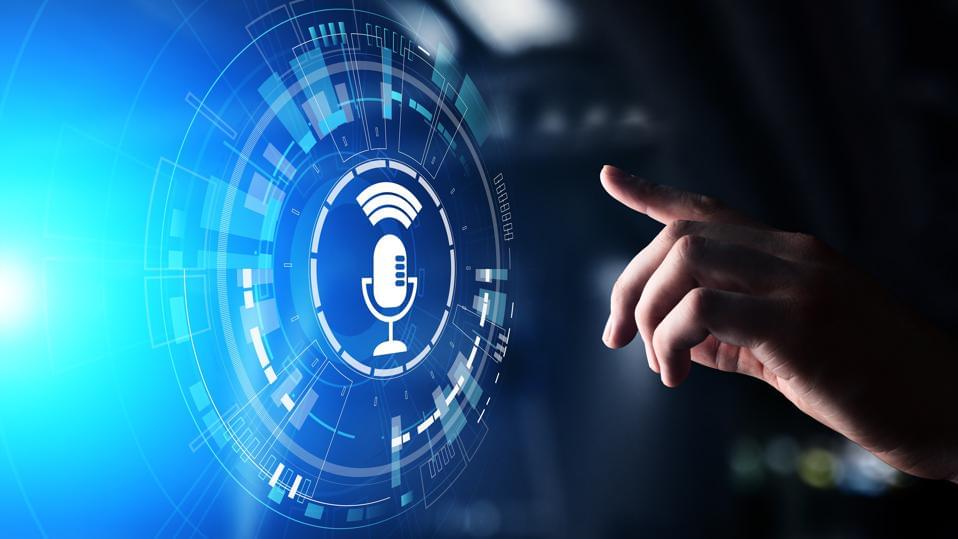
AI-Driven Speech Synthesis Technology: A Guide for Developers
In recent years, artificial intelligence (AI)-driven speech synthesis technology has made significant progress. This technology has the potential to revolutionize the way we communicate, providing a more natural and human-like way to interact with computers, devices, and other forms of technology.
This guide will provide you with an overview of AI-driven speech synthesis technology, including its history, how it works, and its potential applications. We will also discuss some of the challenges and ethical considerations associated with this technology.

What is AI-Driven Speech Synthesis?
AI-driven speech synthesis is a type of technology that uses artificial intelligence to create human-like speech. This technology is often used to generate synthetic voices for applications such as customer service chatbots, virtual assistants, and educational software.
AI-driven speech synthesis works by using a deep learning model to learn the relationship between phonemes (the smallest units of sound in a language) and the corresponding sounds that are produced when we speak. This model is then used to generate synthetic speech by combining different phonemes in the correct order.

The quality of AI-driven speech synthesis has improved significantly in recent years, and it is now possible to create synthetic voices that are difficult to distinguish from human speech. This is due to the development of more powerful deep learning models and the availability of large datasets of human speech.
How is AI-Driven Speech Synthesis Used?
AI-driven speech synthesis is used in a wide variety of applications, including:

- Customer service chatbots: AI-driven speech synthesis is used to create synthetic voices for customer service chatbots. These chatbots can help customers with a variety of tasks, such as finding information, troubleshooting problems, and placing orders.
- Virtual assistants: AI-driven speech synthesis is also used to create synthetic voices for virtual assistants. These assistants can help users with a variety of tasks, such as setting alarms, playing music, and controlling smart home devices.
- Educational software: AI-driven speech synthesis is used to create synthetic voices for educational software. These voices can be used to read aloud text, provide instructions, and answer questions.
- Other applications: AI-driven speech synthesis is also used in a variety of other applications, such as gaming, media, and advertising.
The Benefits of AI-Driven Speech Synthesis
AI-driven speech synthesis offers a number of benefits over traditional text-to-speech (TTS) technology. These benefits include:

- Naturalness: AI-driven speech synthesis can produce more natural-sounding speech than traditional TTS technology. This is because AI-driven speech synthesis models are trained on large datasets of human speech, which allows them to learn the nuances of human pronunciation.
- Flexibility: AI-driven speech synthesis can be used to create synthetic voices with different accents, genders, and speaking styles. This makes it a versatile tool that can be used in a variety of applications.
- Scalability: AI-driven speech synthesis is scalable, which means that it can be used to generate large amounts of synthetic speech quickly and efficiently. This makes it a good choice for applications that require a lot of synthetic speech, such as customer service chatbots and virtual assistants.
The Challenges of AI-Driven Speech Synthesis
While AI-driven speech synthesis offers a number of benefits, there are also some challenges associated with this technology. These challenges include:

- Accuracy: AI-driven speech synthesis models can sometimes make mistakes, which can result in errors in the generated speech. This is especially true when the models are trained on small datasets of speech data.
- Veracity: AI-driven speech synthesis can be used to create synthetic voices that say anything, regardless of whether it is true or not. This can be a problem for applications that require users to trust the information that they are hearing.
- Ethics: AI-driven speech synthesis raises a number of ethical concerns, such as the potential for this technology to be used for misinformation and propaganda. It is important to carefully consider the ethical implications of using AI-driven speech synthesis before deploying this technology in any application.
The Future of AI-Driven Speech Synthesis
AI-driven speech synthesis is a rapidly growing field, and there are a number of exciting new applications for this technology. Some of the potential applications for AI-driven speech synthesis include:
![]()
- Intelligent personal assistants: AI-driven speech synthesis will be used to create more natural and intelligent personal assistants. These assistants will be able to help users with a wider range of tasks, such as scheduling appointments, managing finances, and finding information.
- Virtual reality (VR) and augmented reality (AR): AI-driven speech synthesis will be used to create more immersive VR and AR experiences. These experiences will allow users to interact with virtual characters and objects
Post a Comment